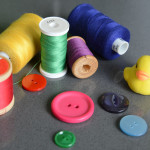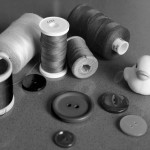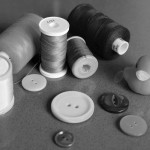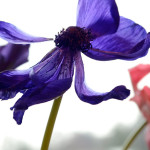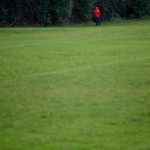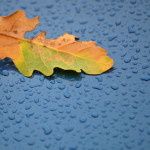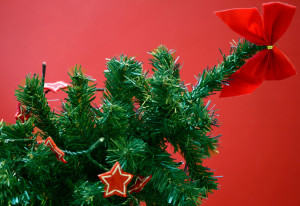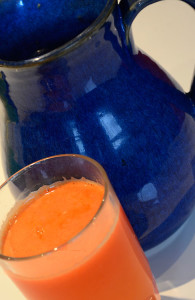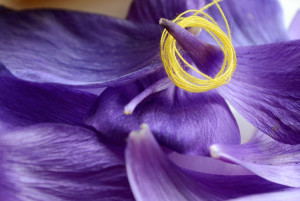Colours into tones in black & white
Title: Stitches
Exercise: Create a still life from a small group of objects with very pure contrasting colours and even lighting. Take a colour image and then using your digital editing software process different black and white versions – effectively recreating the impact of different coloured filters used with black and white film.
Approach: I decided against using food because I seemed to be working a lot with fruit and vegetables recently. I had been doing some sewing so went through the cottons and buttons and selected a few different colours and shapes to use. The duck rubber was just for fun!
